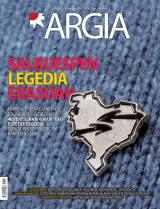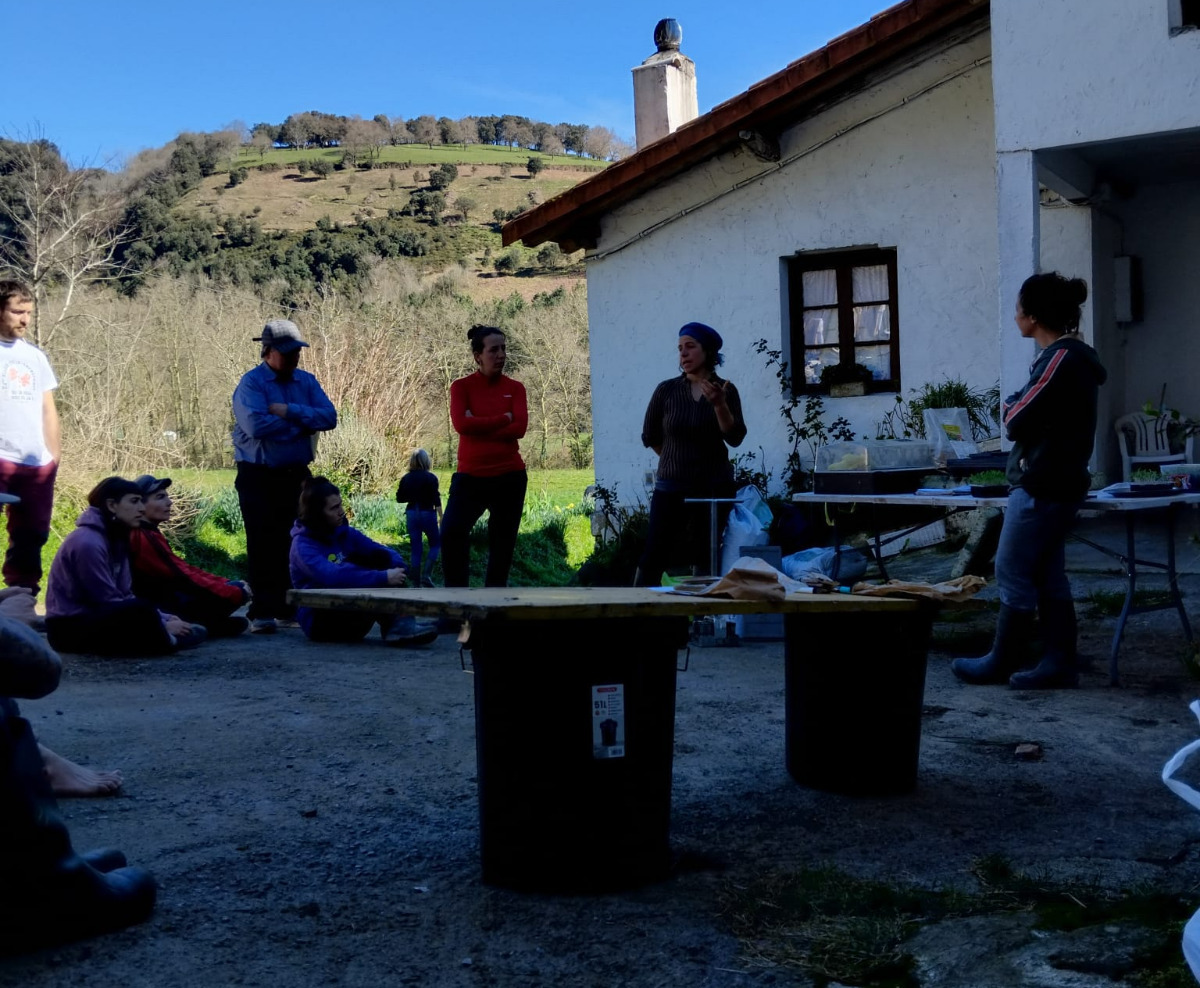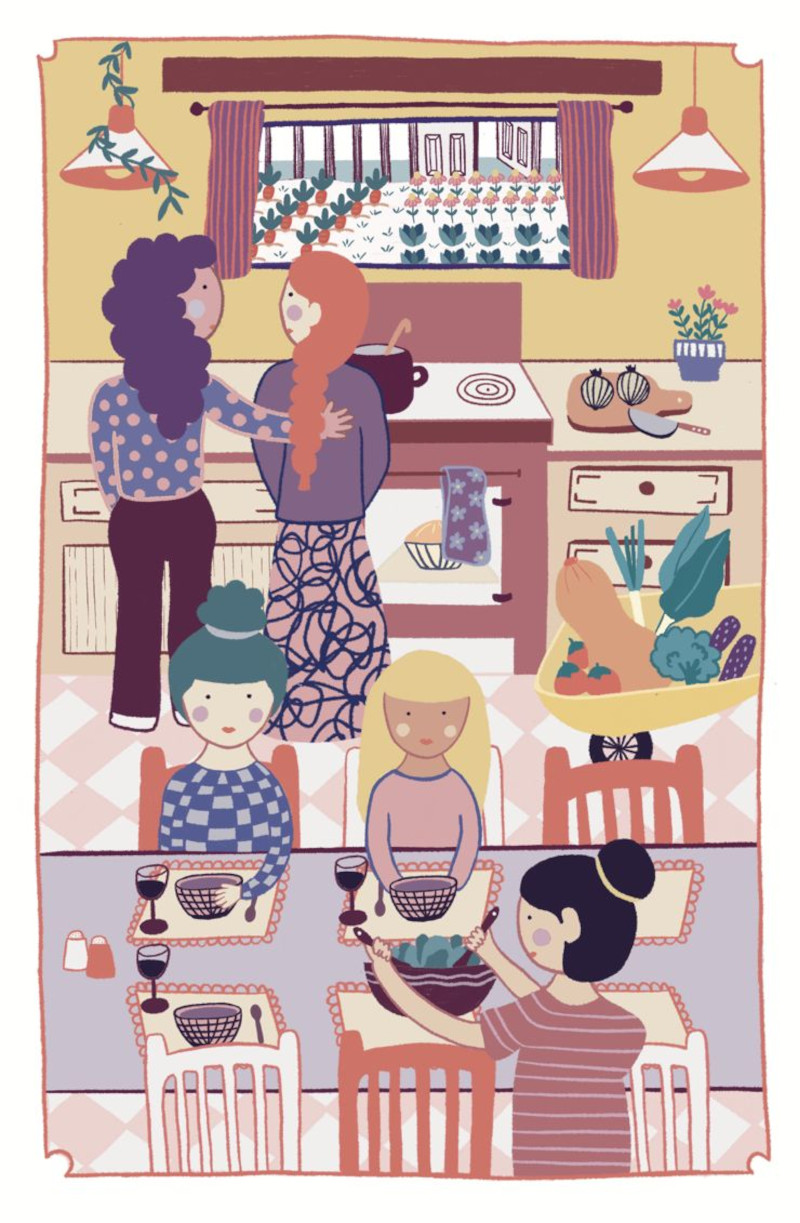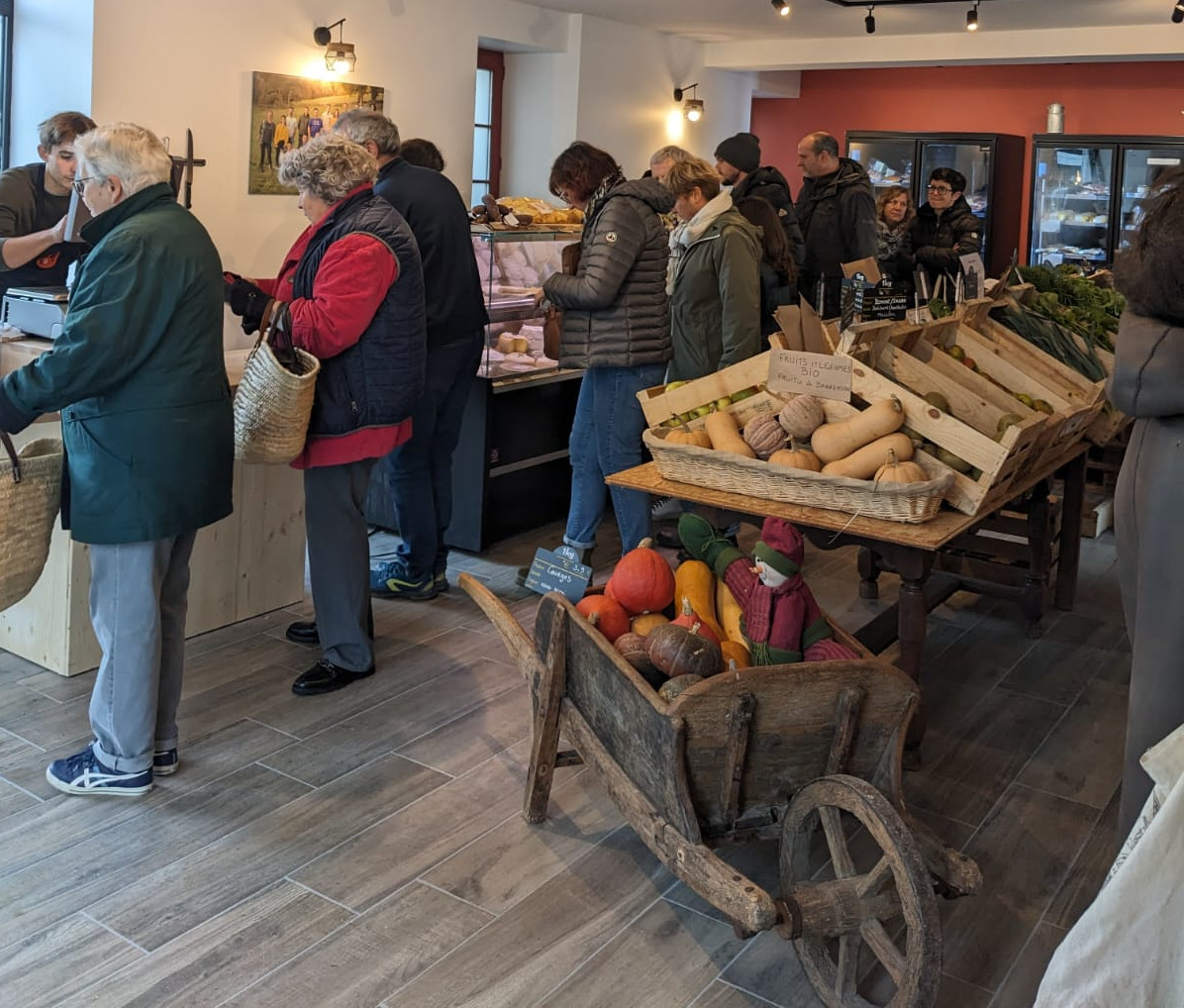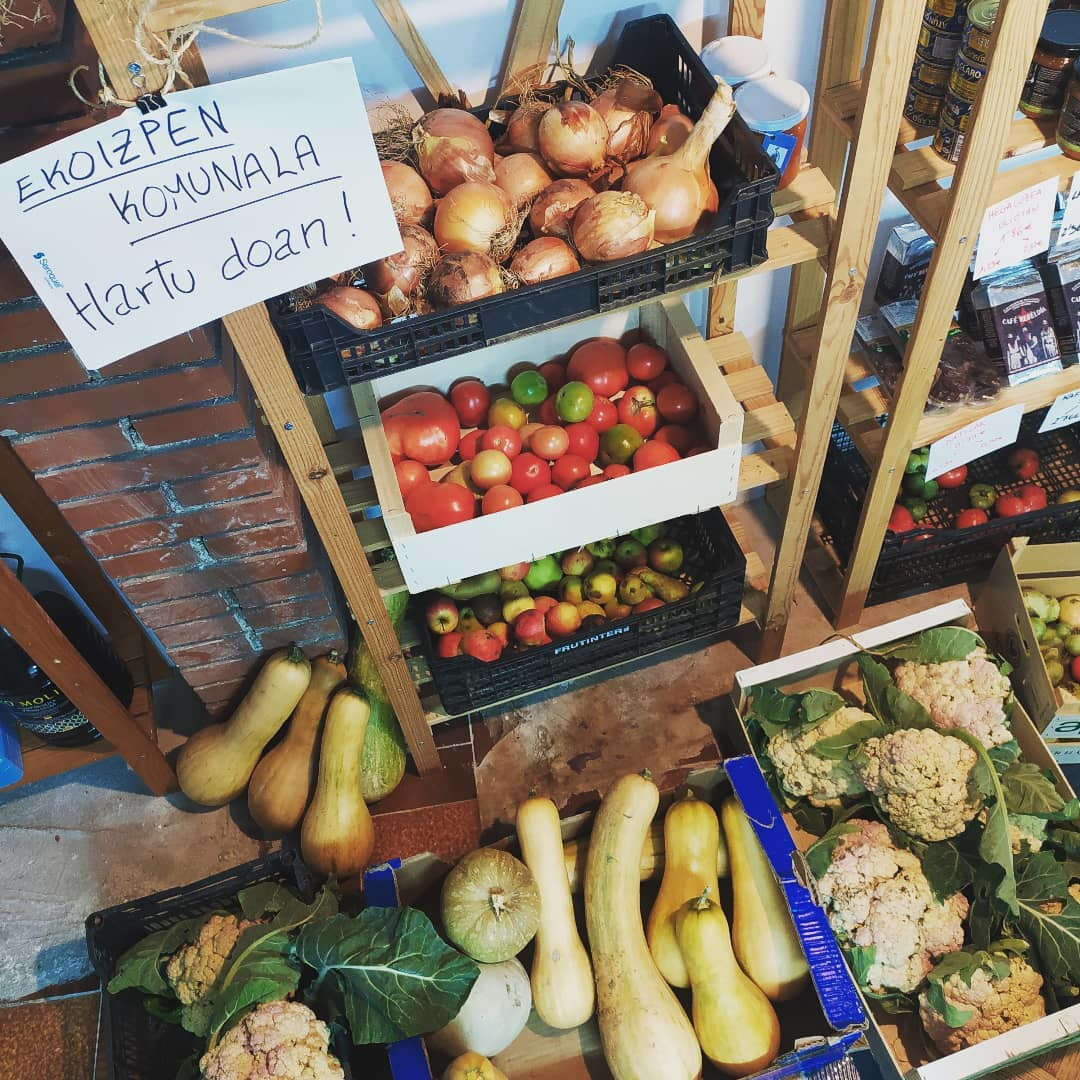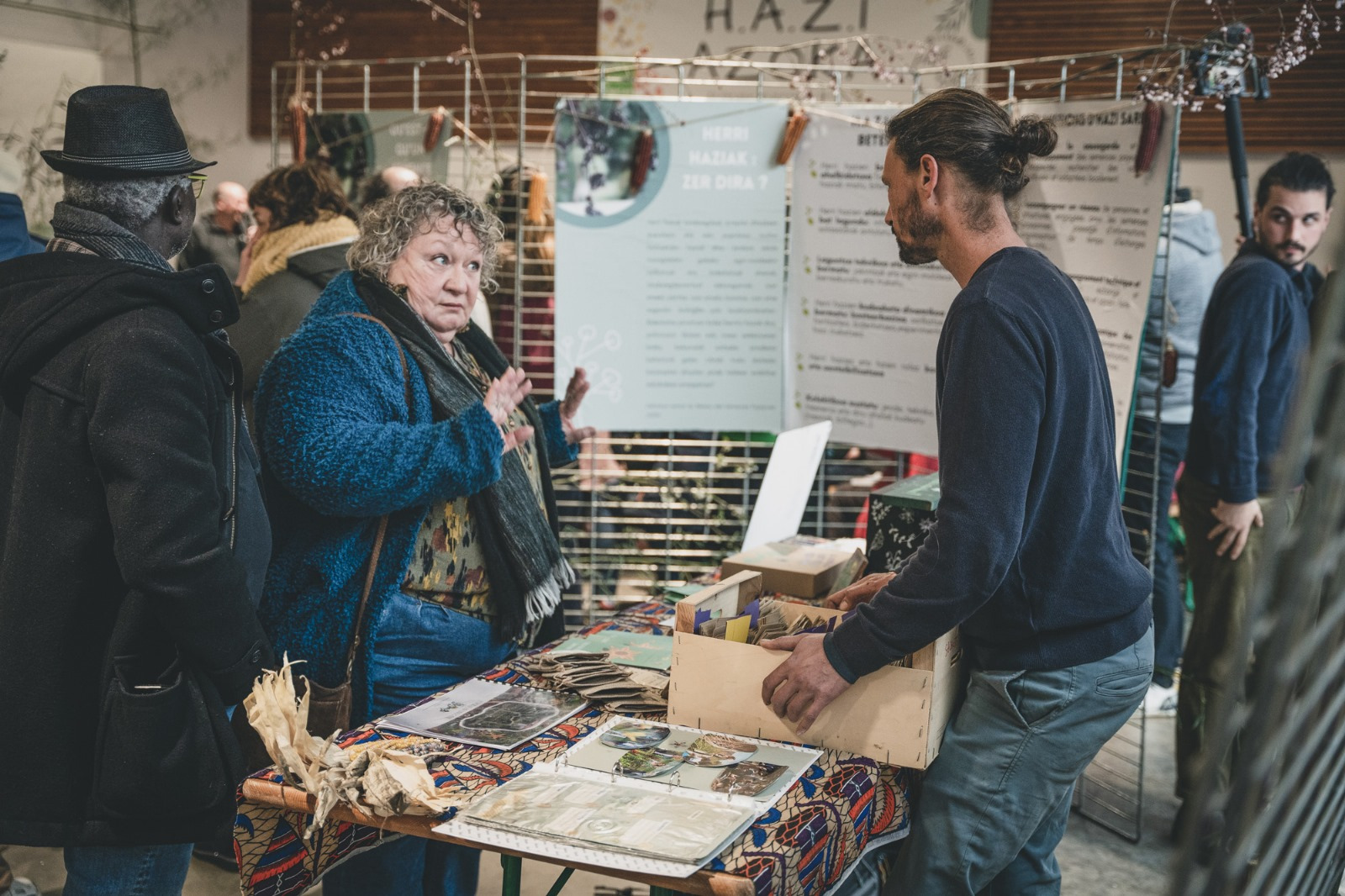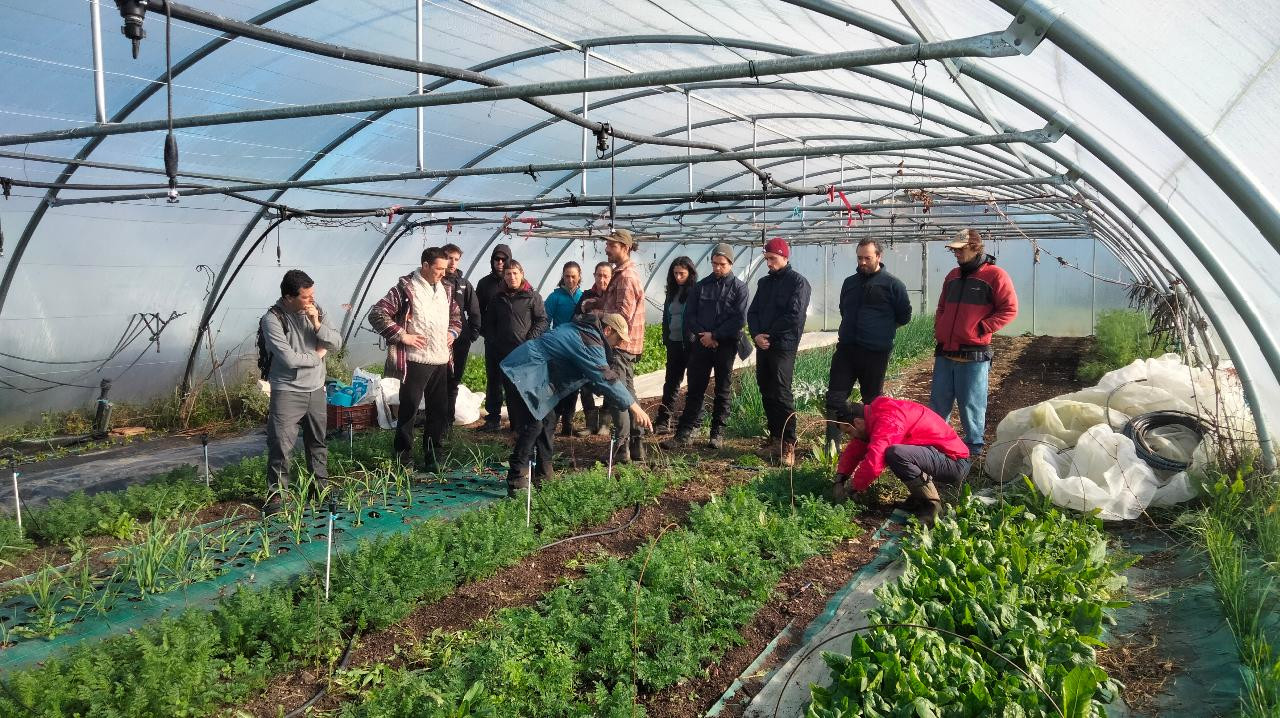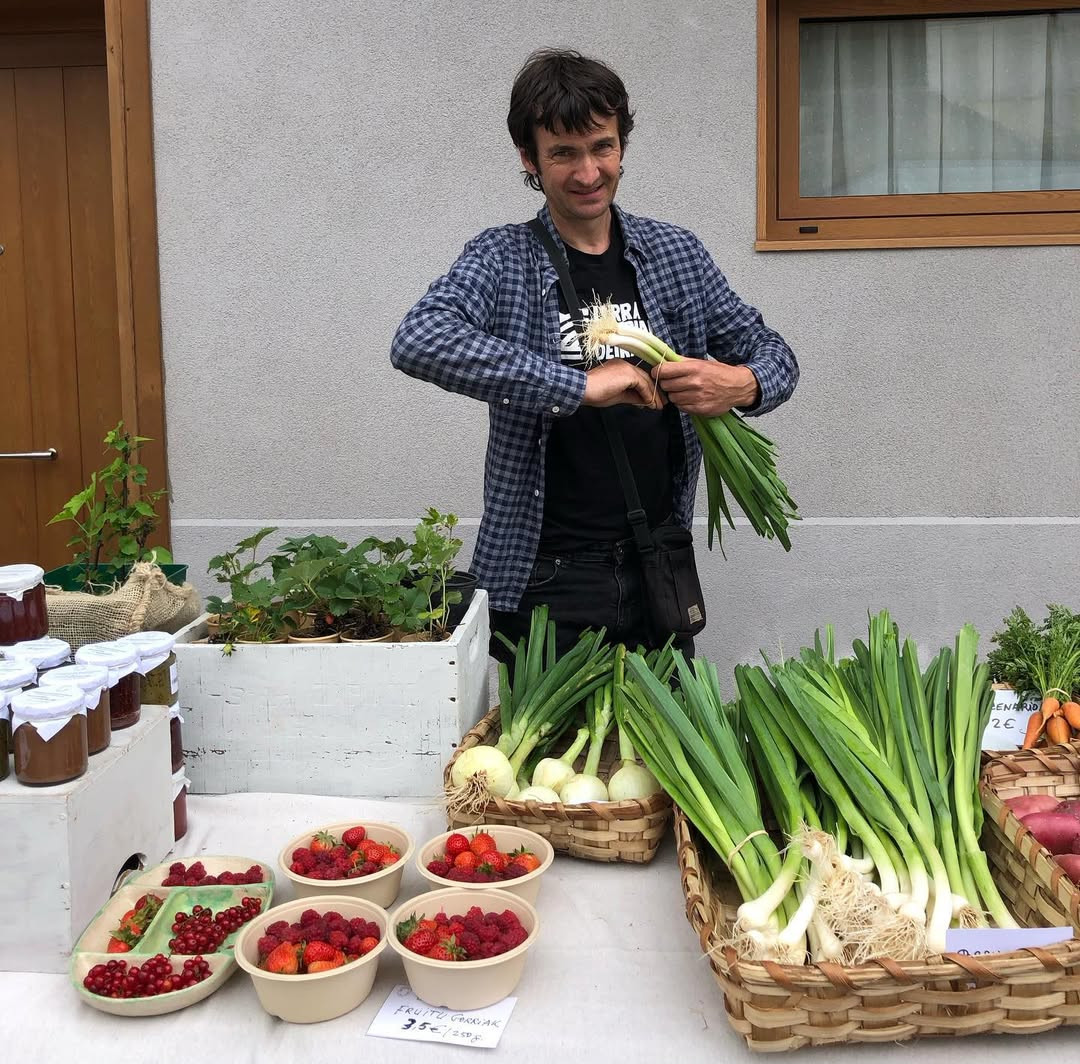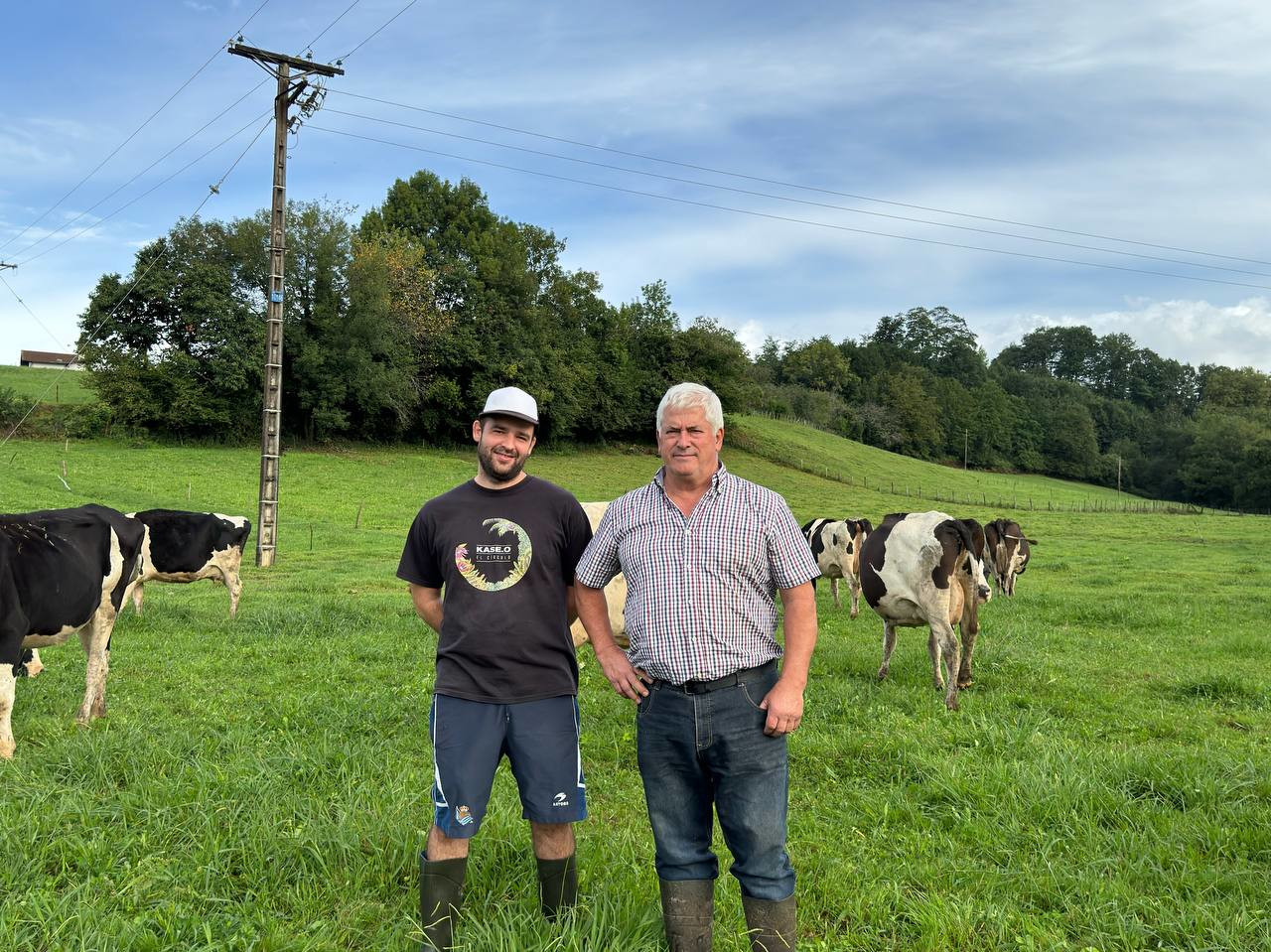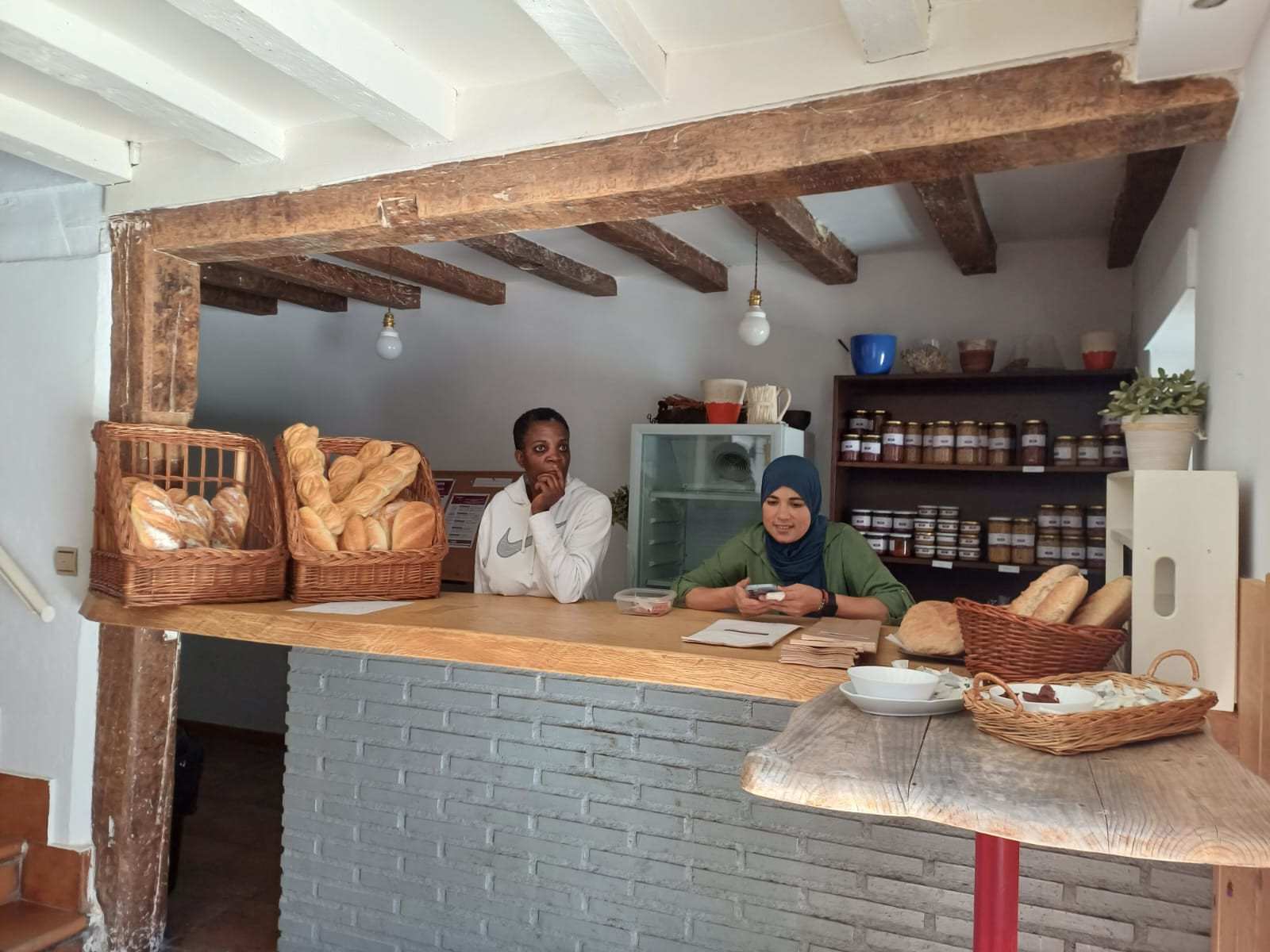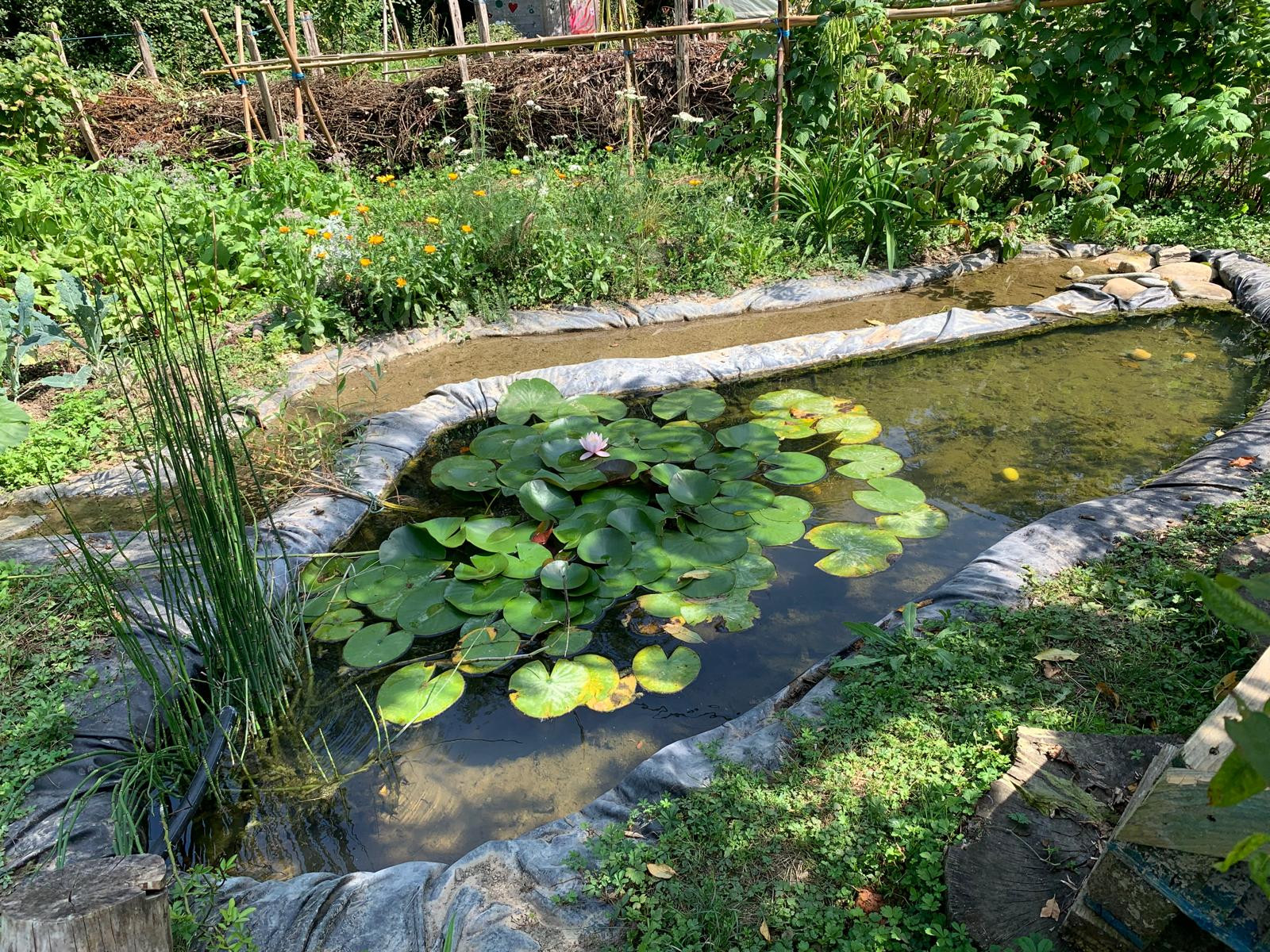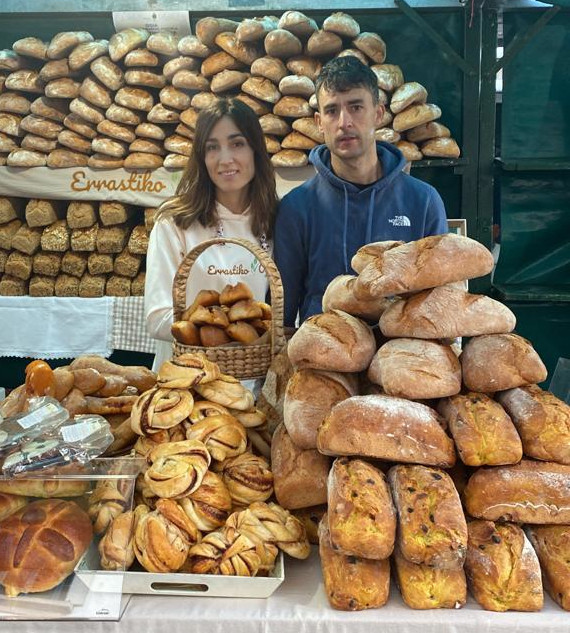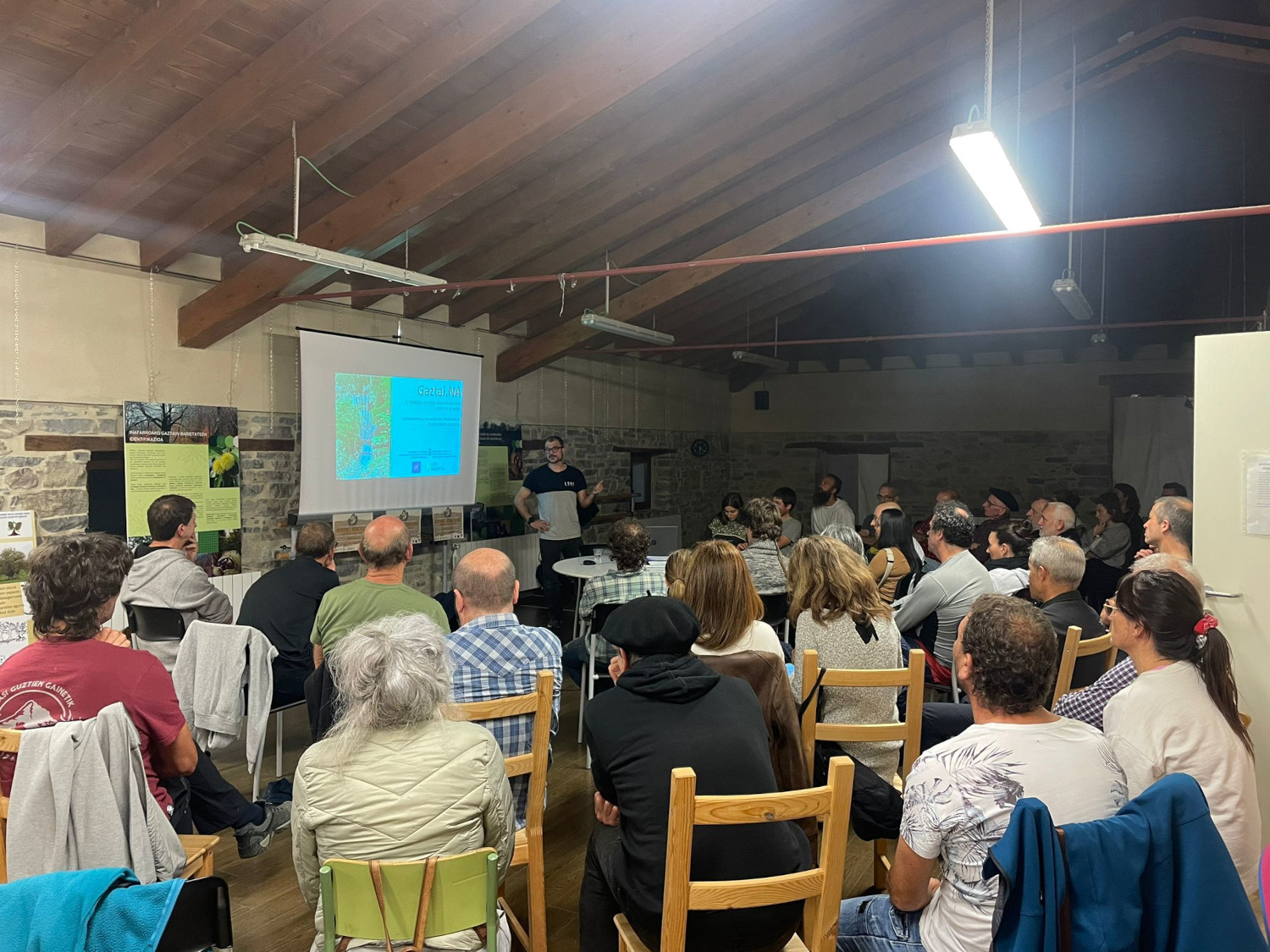Recovering the cultural heritage linked to chestnut

Throughout the Cantabrian side there is, or at least has been, a great tradition and tradition related to chestnut, which has been the subject of numerous studies from Galicia and Asturias to our own. José Ángel Aramendi, member of the cultural association Supelaur, tells us that in the area of Orozko (Bizkaia) there is one of the largest quantities of catalogued kirikiñausi. The Gaztaina Eguna de Orozko is organised every year with the aim of valuing all this heritage. The twelfth edition was held on 29 October, coinciding, as every year, with one of the great kirikiñakis.
What?
Kirikiñausias are buildings formed by a series of stones that were formerly used to store chestnuts. It's the name they get in Orozko. Most are circular buildings, the largest of 7.5 meters in diameter and almost two meters in height. “Imagine the amount of chestnuts you had the ability to collect and therefore the importance of chestnut here,” explains Aramendi.
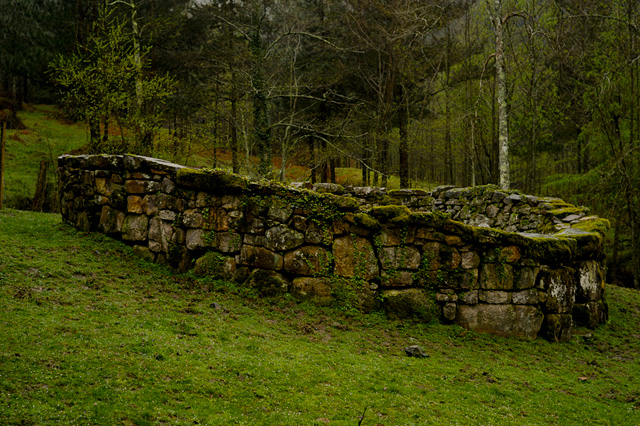
In Orozko they have about 40 kirikiñausi listed, but Supelau's member told us there's more. In recent years, the association has been organizing a circular tour of the mountain, which runs through the kirikiñlucos and other elements of cultural heritage: an old knitting oven, an old mill, txondorokos, etc. “Last year we finished the route and the City Hall gave its approval to condition it. Now we will complete it with the information panels,” explains Aramendi.
The importance of chestnut
“On the last Sunday of October we celebrated Castaña Day. This year we have also been up there about 600 people,” the association explains. He has told us that every year the response of the citizens is very good, that there is interest. The pilgrimage takes place next to the Great Kirikiño and, of course, some of the protagonists are the roasted chestnuts. “We think it is very important to show and value all this heritage because it makes us the prediction of a past life.” Although we often forget things quite quickly, it is true that until recently chestnuts were fundamental in the lives of people in these environments: to feed themselves or to wood, above all, but also to create stories and myths.
Iruñean bizi ziren Iñaki Zoko Lamarka eta Andoni Arizkuren Eseberri gazteak, baina familiaren herriarekin, Otsagabiarekin, lotura estua zuten biek betidanik. “Lehen, asteburuetan eta udan etortzen ginen eta duela urte batzuk bizitzera etorri ginen”, dio... [+]
Gipuzkoako hamaika txokotatik gerturatutako hamarka lagun elkartu ziren otsailaren 23an Amillubiko lehen auzo(p)lanera. Biolur elkarteak bultzatutako proiektu kolektiboa da Amillubi, agroekologian sakontzeko eta Gipuzkoako etorkizuneko elikadura erronkei heltzeko asmoz Zestoako... [+]
Emakume bakoitzaren errelatotik abiatuta, lurrari eta elikadurari buruzko jakituria kolektibizatu eta sukaldeko iruditegia irauli nahi ditu Ziminttere proiektuak, mahai baten bueltan, sukaldean bertan eta elikagaiak eskutan darabiltzaten bitartean.









